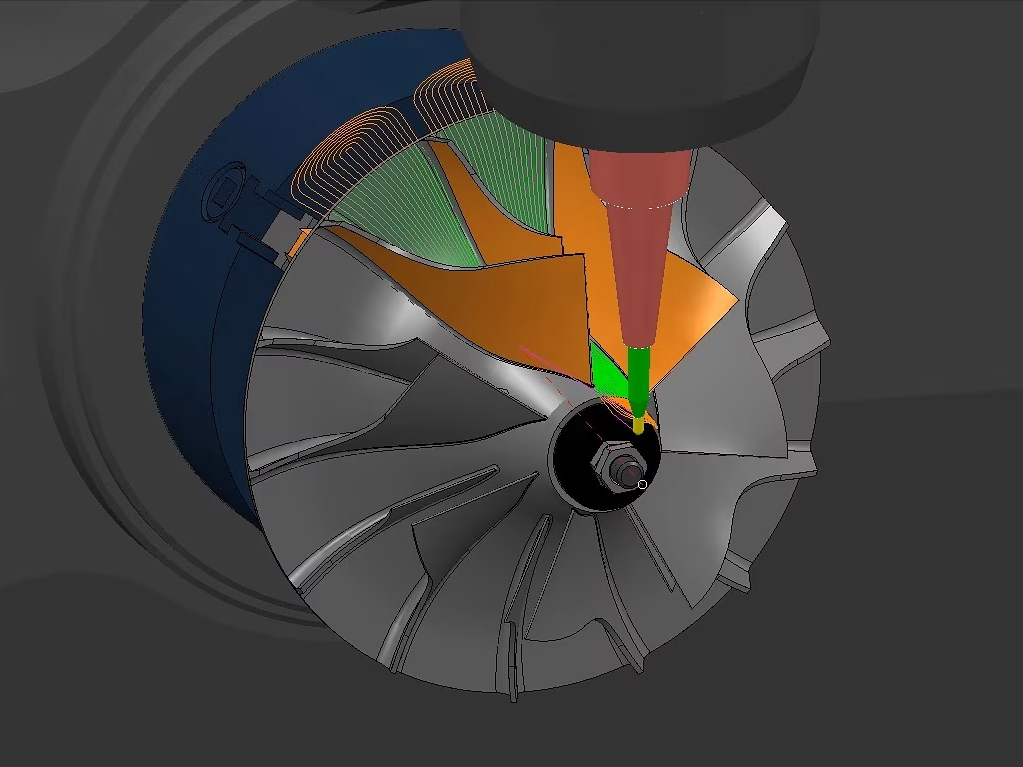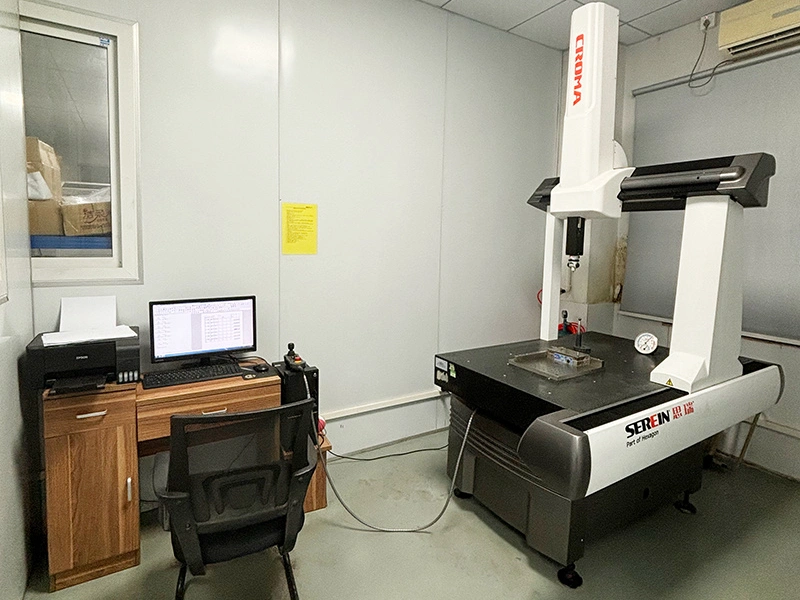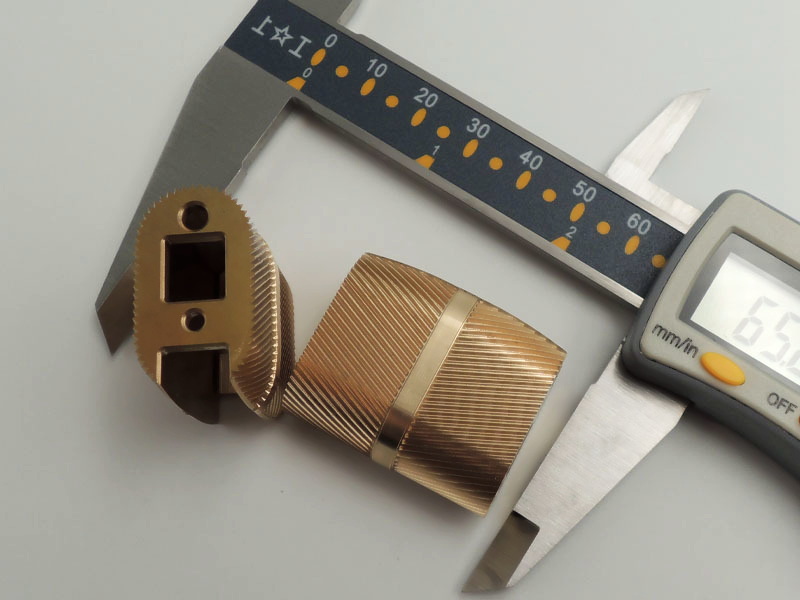How does 5 Axis CNC Milling benefit aerospace and automotive manufacturing industries?
How Does 5 Axis CNC Milling Benefit Aerospace and Automotive Manufacturing Industries?
Precision, Efficiency, and Design Freedom
5 Axis CNC milling offers unmatched flexibility and precision by enabling tool movement along three linear axes (X, Y, Z) and two rotary axes (A and B/C). This capability is especially advantageous in the aerospace and automotive sectors, where tight tolerances, complex geometries, and material performance are mission-critical.
Aerospace Industry Benefits
1. Complex Geometry Machining in Fewer Setups
5 Axis CNC milling allows components like titanium turbine blades, structural airframe parts, and engine casings to be machined in a single setup. This eliminates cumulative positioning errors and ensures dimensional accuracy within ±0.005 mm—vital for high-speed, high-load aerospace systems.
2. Superior Surface Finish for Aerodynamic Surfaces
Smooth, uninterrupted tool paths minimize scalloping and vibration, achieving surface finishes as fine as Ra 0.4 µm. This is essential for airflow-critical parts such as wing brackets, flow ducts, and impeller blades made from materials like Aluminum 7075 and Inconel 718.
3. Material Versatility for High-Performance Alloys
5 Axis systems excel at machining tough materials used in aerospace—including Titanium TC4, Hastelloy, and Stainless SUS630 (17-4PH)—with optimized tool angles to improve tool life and cutting efficiency.
Automotive Industry Benefits
1. Efficient Production of Multi-Face Components
Components like engine blocks, transmission housings, and intake manifolds often have features on multiple planes. 5 Axis CNC milling completes these parts faster and with fewer fixtures compared to traditional setups.
2. Enhanced Precision for Functional Performance
High-speed 5 Axis machining supports tight tolerances (±0.01 mm or better) on safety-critical components like suspension brackets, steering knuckles, and brake components, ensuring optimal alignment and load transfer.
3. Support for Lightweight and High-Strength Materials
Modern automotive design emphasizes weight reduction without compromising performance. 5 Axis machines are ideal for machining materials like Aluminum 6061-T6, [Magnesium alloys], and structural plastics into complex, optimized geometries.
4. Rapid Prototyping to Production Scalability
Shorter cycle times and fewer setups make 5 Axis CNC machining ideal for rapid prototyping of performance parts as well as low-to-high volume manufacturing with consistent quality.
Complete 5 Axis CNC Machining Solutions for Aerospace and Automotive
Neway Machining offers full-service 5 Axis CNC Milling for complex aerospace and automotive components. With ±0.005–0.01 mm accuracy, in-house surface treatments, and engineering support, we deliver optimized parts from prototype to production—globally.



